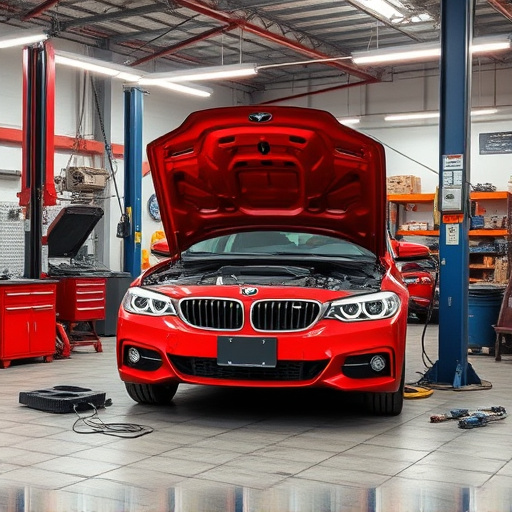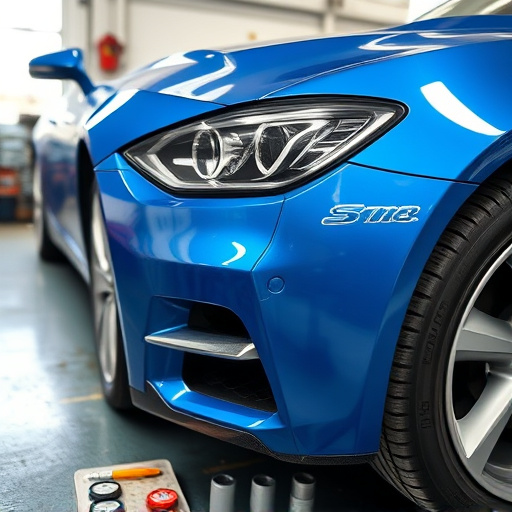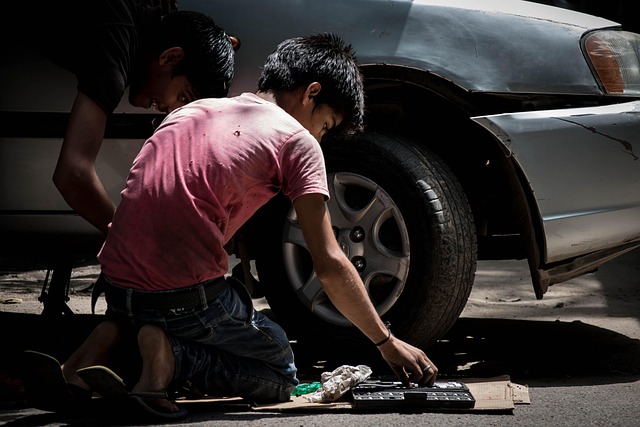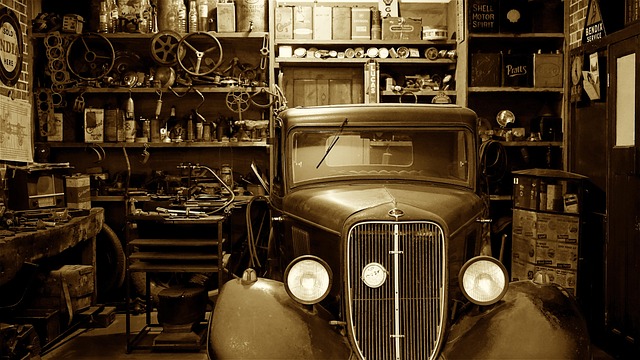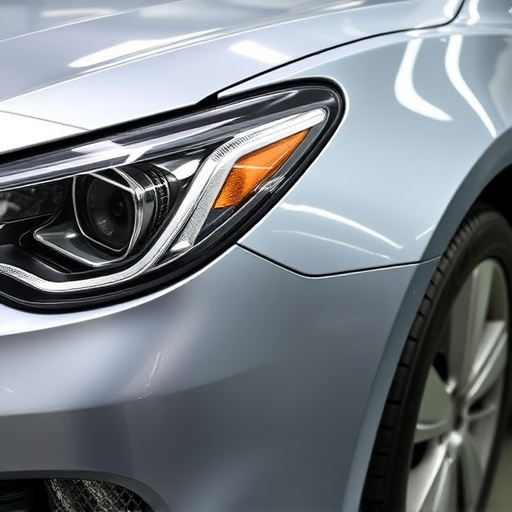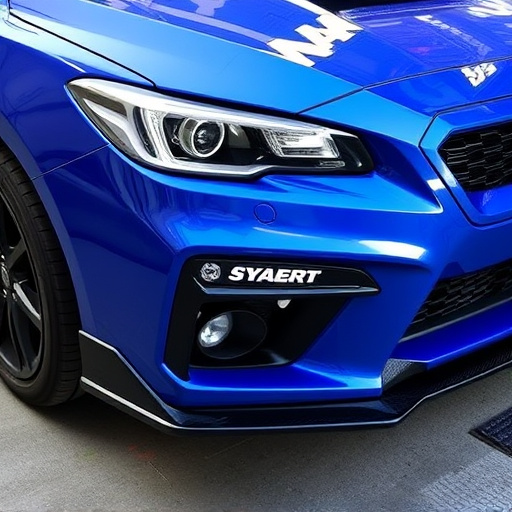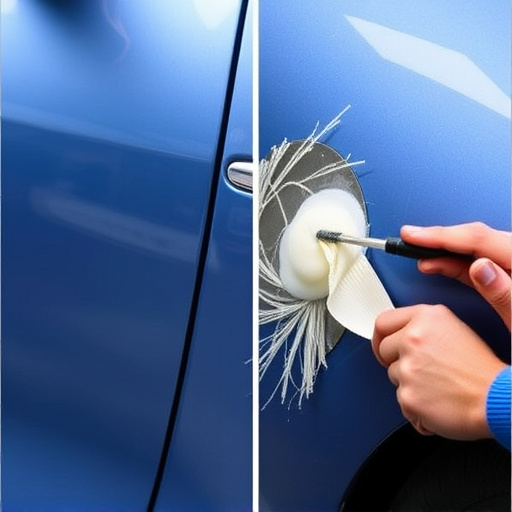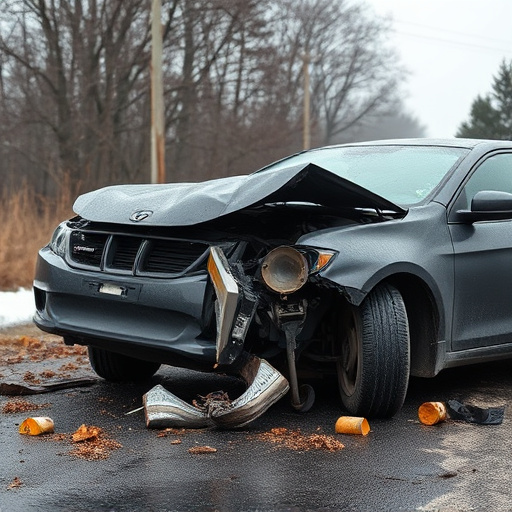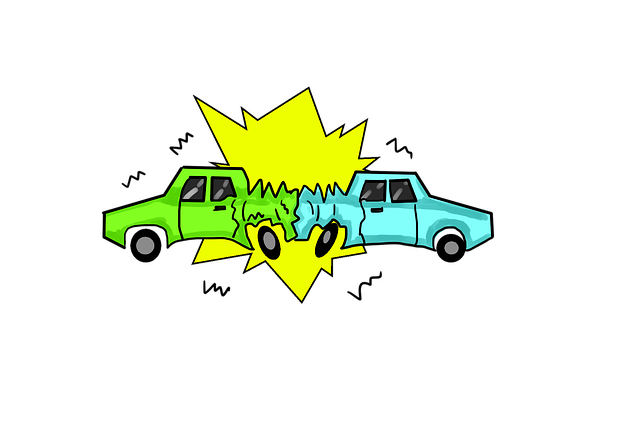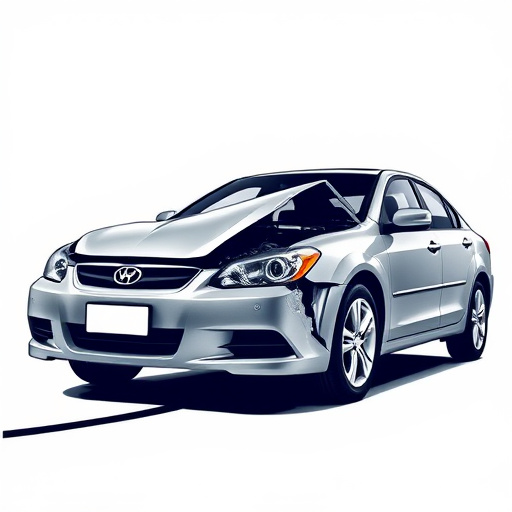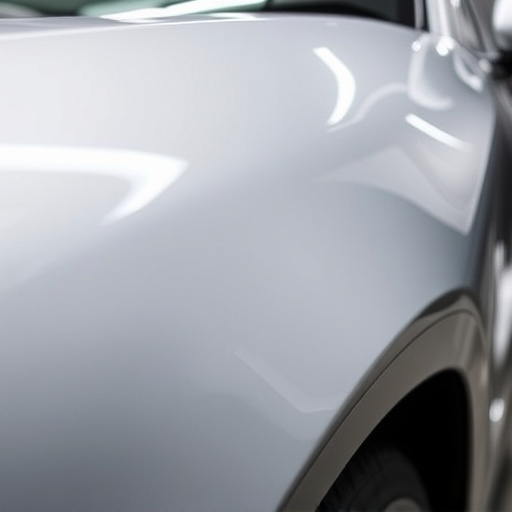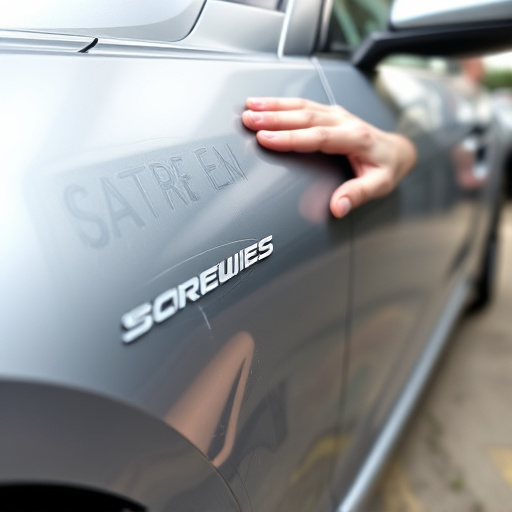In district collision repair, adhering to standardized protocols ensures uniform quality and safety for complex repairs, with local regulations covering body work techniques and environmental impact. Technology advances like 3D scanning and automated dent removal streamline service, while certified professionals prioritize structural integrity and safe driving conditions post-restoration, particularly for frame damage.
In the realm of automotive restoration, district collision repair for frame and structural damage is a specialized art. This comprehensive guide explores the intricacies of meeting high district collision repair standards. From understanding cutting-edge technology’s role in structural repairs to ensuring quality and safety in frame restoration, each aspect is crucial. By delving into these topics, we aim to equip folks with knowledge, fostering informed decisions and revolutionizing their approach to post-collision vehicle recovery.
- Understanding District Collision Repair Standards
- The Role of Technology in Structural Repairs
- Ensuring Quality and Safety in Frame Restoration
Understanding District Collision Repair Standards

In the competitive landscape of automotive repairs, understanding district collision repair standards is paramount for both consumers and businesses alike. These standards ensure that every repair, especially complex ones like frame and structural damage, meets a uniform level of quality and safety across various regions. This consistency guarantees that your vehicle receives top-notch body shop services, regardless of where you choose to get it fixed.
District collision repair centers adhere to stringent protocols, often regulated by local authorities or industry associations. These guidelines encompass everything from the specific techniques used in automotive body work to the environmental impact of the repair process. By adhering to these standards, collision repair shops not only ensure the structural integrity of your vehicle but also contribute to sustainable practices.
The Role of Technology in Structural Repairs
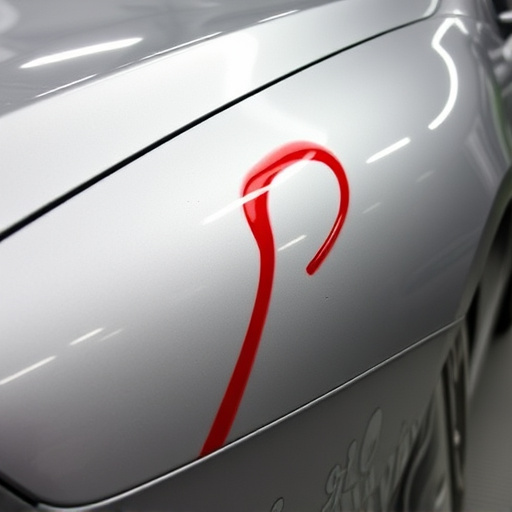
In the realm of district collision repair, technology plays a pivotal role in achieving precise and efficient structural repairs. Advanced tools and software enable technicians to accurately assess car damage repair, especially when dealing with complex frame and structural issues. 3D scanning and computer-aided design (CAD) systems offer detailed measurements, facilitating exact replication of the vehicle’s original structure. These innovations streamline the process, reducing repair time and minimizing the risk of misalignment or residual damage. Furthermore, automated dent removal technologies have revolutionized the way collision centers address surface imperfections, enhancing overall customer satisfaction in district collision repair services.
Ensuring Quality and Safety in Frame Restoration
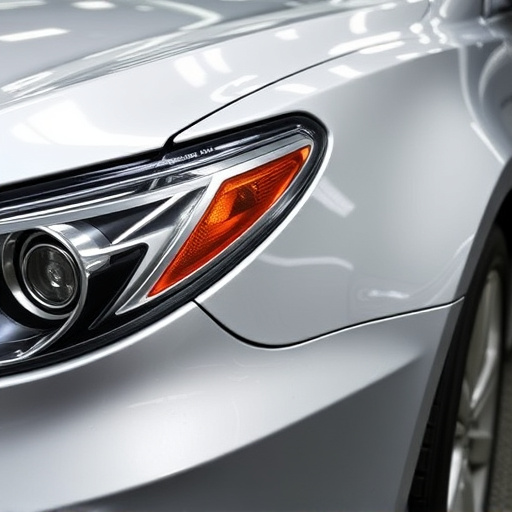
In the realm of district collision repair, especially for frame and structural damage, quality and safety are paramount. When it comes to restoring a vehicle’s frame, professional technicians employ meticulous techniques to ensure precision and integrity. This involves utilizing advanced equipment designed to accurately measure and adjust bent or damaged components, ensuring the car returns to its original structural specifications.
A top-tier car body shop, such as those specializing in Mercedes Benz collision repair, prioritizes safety protocols throughout every step of the restoration process. This includes adhering to stringent industry standards and employing certified professionals who are well-versed in modern automotive body work. The goal is not just to fix the visible damage but also to guarantee the structural soundness of the vehicle, ensuring it can withstand future driving conditions safely.
District collision repair for frame and structural damage requires a blend of advanced technology, meticulous understanding of standards, and unwavering commitment to quality and safety. By leveraging modern tools and techniques, professionals can ensure that vehicles return to their pre-accident condition, restoring not just the physical structure but also the peace of mind of their owners. When done right, district collision repair becomes a testament to the marriage of art and science in vehicle restoration, fostering trust and ensuring satisfied customers.
